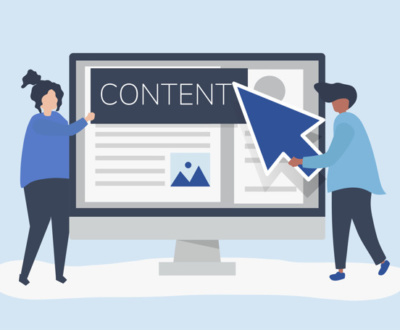 Digital Marketing is a term used for marketing products and services online, i.e. with the help of display ads, paid ad campaigns or on social media platforms etc.
Digital Marketing is a term used for marketing products and services online, i.e. with the help of display ads, paid ad campaigns or on social media platforms etc.
People tend to spend more time on their phones or laptops, on various social media platforms like Facebook, Twitter, Google+, LinkedIn etc. Marketing requires connecting with your audience in the right place and at the right time. Today, that means that you need to meet them where they are already spending time: on the internet.
Common Digital Marketing Strategies followed at present –
- Search Engine Optimization (SEO) – Refers to strategy with a long-term goal, as it helps to increase your search engine rankings which in turn improves your presence online. It includes various On-Page and Off-Page Optimization.
- Social Media Optimization (SMO) – Refers to Maintaining customer relations by increasing awareness and keeping them updated with what your company offers through social media platforms like Facebook, Twitter, G+ etc
- Pay Per Click Campaigns (PPC) – Google AdWords help you to target the right audience at the right time and place.
- Paid Ads – These are ad campaigns on various Social Media platforms like- Facebook, Instagram etc.
The following are the keys to making a business powerful and prominent on the world wide web. Since Google happens to be the most used search engine and also that many focus on being search-engine friendly, it is vital for a Brand or a Business to come around being search-engine friendly, which further promotes one’s business either through organic methods or inorganic (paid) methods.
The list below gives you a brief-up of what is necessary for the process of Digital Marketing to make a Business or a Brand grow. However, the efficiency of it depends on how strategic and creative you think through and position yourself on the internet.
(i). Content strategy: It is the most powerful technique (related and should be unique)
(ii). Keyword analysis and positioning: Significance of Long tail keyword + related to your business
(iii). Competitors analysis: analysis of your competitors like keyword, site structure, status (PR, PA, DA Alexa rank, social media, keyword etc.) content etc.
(iv). Business analysis: Analysis of your business like what you need? What about your business? What the customer need and what you are providing and all these things.
(v). On-page SEO: On-page SEO should be fixed like loading time
- heading tag
- keyword consistency
- Meta title
- meta description
- txt
- xml etc.
- Mobile friendly: Site should be mobile friendly (Browsing is now more done on Mobile phones than on PCs).
(vi). Site Structure: Site structure should be smooth and precise for the user.
(vii). Social channels: Social channel also an essential factor to drive traffic etc.
(viii). Off-Page SEO: influence of other sites on ours. Our presence in those sites as info, as a comment, as a link-building must be present in as many influential (DA, able to build more viewers sites, relevancy check, positions) sites as possible.
(ix). Social Networking Sites
- Blogging
- Guest blog
- Forum Marketing
- Social Bookmarking
- Link Baiting
- Photo Sharing
- Video Marketing
- Answer Questions
- Business Reviews
- Info-graphic images, etc.
All of the above are the essential elements of Digital Marketing and by knowing how to handle them efficiently, helps you to develop your business from time to time.
Points to Remember:
(i) Digital Marketing is a slow, yet efficient process.
(ii) Fetching results through digital marketing techniques could be time-taking. However, once you’re on top, it is easy to remain consistent in being on top with the help of expert handling.
(iii) You need not shell-out much cash for you to be on top. Quality matters most here.
(iv) Being Organic (Qualitative & S.M.A.R.T) wins than being Inorganic (Paid Ads).
(v) It is easier to grow in/through the Digital World than in the Real World.








